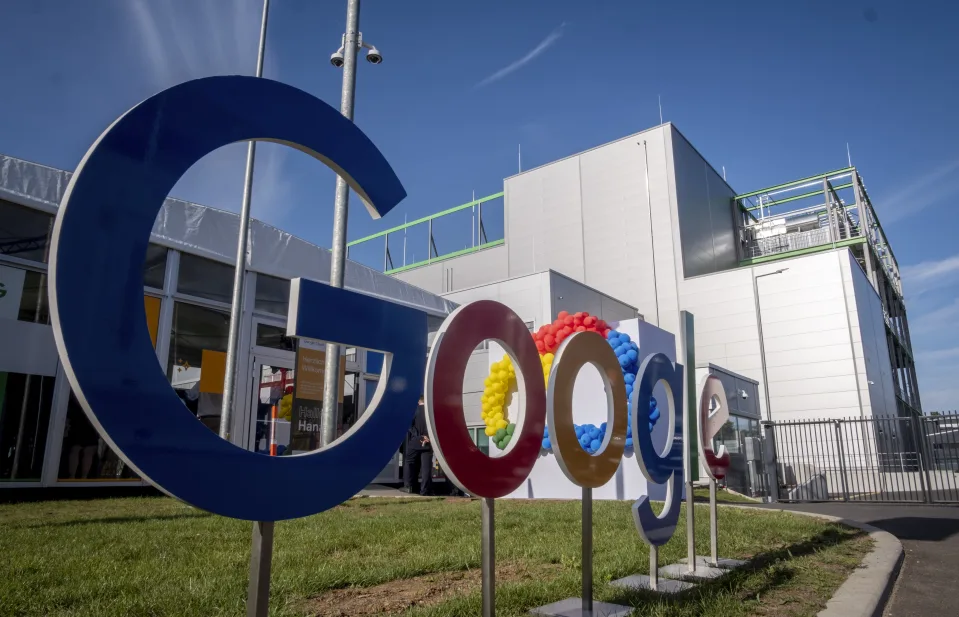In the not-so-distant past, as recently as last December, the only way to turn our natural language queries into AI-generated art was through dedicated websites. But behold, a new era has dawned! Google on Thursday unveiled a breakthrough feature for those who adopt its Search Generative Experience (SGE) — the ability to create AI images directly from the familiar search bar.
Read More: Google Aims to Replace Passwords with ‘Passkeys’ as the Default Choice
SGE represents Google’s vision for the future of web search. Instead of just presenting a list of websites in response to a search query, the system now constructs a (reasonably) coherent answer using the same data that links to those websites led to. The latest updates take this concept further, providing generated images through Google’s powerful Imagen AI for text-to-image conversion. Here’s how it works: users enter a description of what they want (like a capybara preparing breakfast according to Google’s example), and within seconds the system conjures up four alternative images for users to choose from and fine-tune. It’s even better; users can export their freshly generated images to Google Drive or download them.
Even more exciting is the integration of image generation directly into Google Images. So whether you’re looking for “minimalist Halloween table settings” or “creepy doghouse ideas” (as Google aptly demonstrates), you can type your request into the search box and Google will generate a matching image. But the real magic happens when you enable Google Lens on the generated image, allowing you to search for real-world products that resemble the digital creation.
Now, as with any innovation, there are some limitations to be aware of. To access these features, users must be registered with Google Labs and logged into the SGE program. Additionally, these new image generation options are currently only available in the United States, on English-language platforms, and for users 18 years of age or older. It’s a little confusing that this last requirement exists, especially since Google has been trying to make the program more accessible to teenagers.
Google is also taking steps to curb the misuse of generative AI technology. Users will not be able to create photorealistic images of human faces for ethical and privacy reasons. If you want a photo-realistic bacon-making capybara, you’re in the clear. But if you’re after Colonel Sanders’ photorealistic bacon cooking, you’ll run into problems — not just related to the legality of the ad. Furthermore, the generation of images of “notable” individuals is prohibited, so Colonel Sanders is the unfortunate victim.
To ensure transparency and authenticity, Google introduced the SynthID system developed by DeepMind, which was announced last month. SynthID is a visually imperceptible metadata watermark that identifies an image as generated and provides information about its origin and creation date.
These amazing features can be accessed through the Labs tab, denoted by the flask icon, in the Google app on iOS and Android, as well as on the Chrome desktop, initially for select users today, with plans to expand access in the coming weeks. come.

